Gheppio
There’s a Common Kestrel, Falco tinnunculus, here. In Italy their name is Gheppio. I’ve seen it perched in the distance:
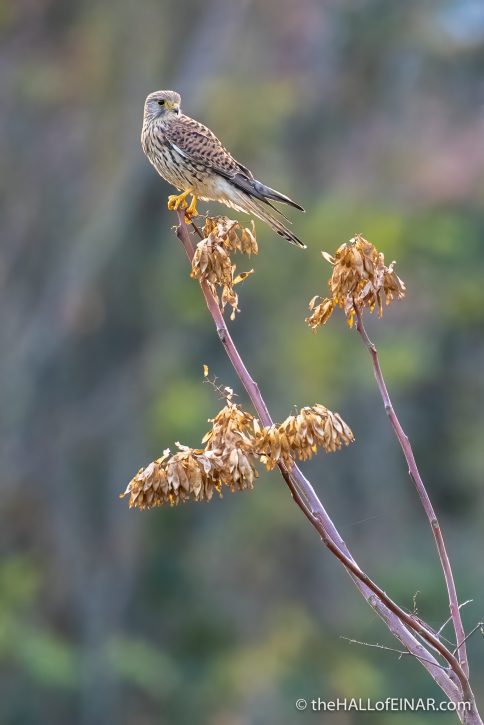
Then I realise there is a pair. I watch them hunt, hovering over the long grass, and study which are their favourite perches and hunting grounds from afar. Their wings make amazing shapes when they hover:
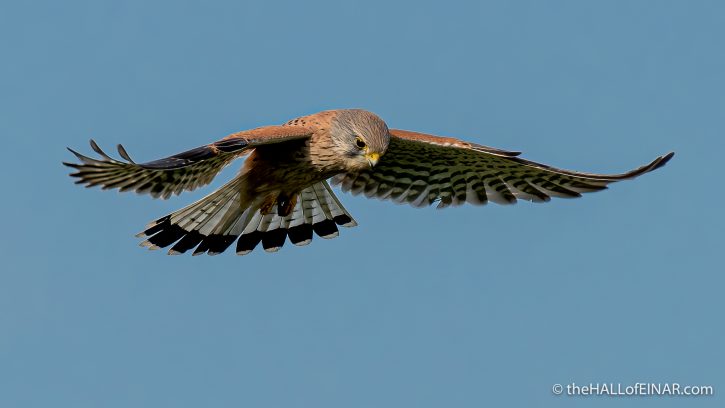
I love how their body can be buffeted by the wind and yet their head can remain completely still. It helps to project the image of the ground onto the back of their eyes with inbuilt stability so their sensitive receptors can identify even the slightest movement seen below.
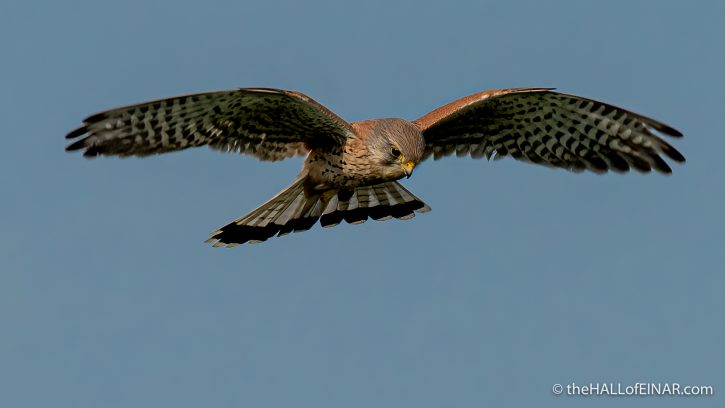
My camera has vibration reduction built into the lens. It’s a parallel system.
When the Kestrel flies past I can see just how big its eyes are. They’re a massive part of a brain which is consumed by its visual centre.
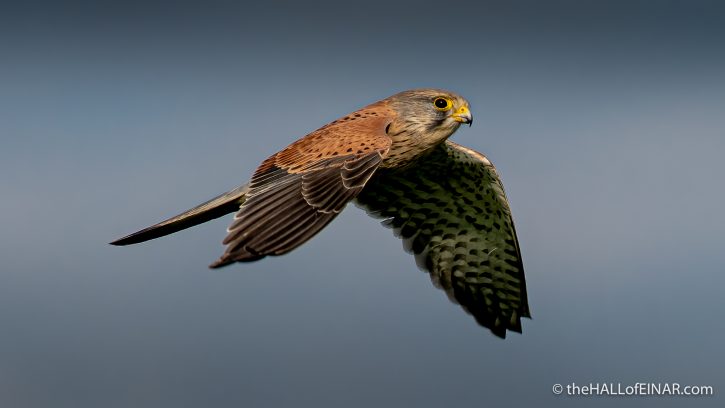
The name falco means sickle. Whenever I’ve looked up the etymology, the suggestion is that this is from the falcon’s sickle-shaped claws. That seems like pure nonsense to me. When falcons fly they have such obviously pointed sickle-shaped wings. Isn’t that a more likely explanation?
I enjoy seeing their success in hunting. In Orkney the Common Kestrel is known as the Moosiehaak, given its liking for mice. Here, this couple seem to be subsisting on a diet of large grasshoppers. I think I’d prefer mice, wouldn’t you?
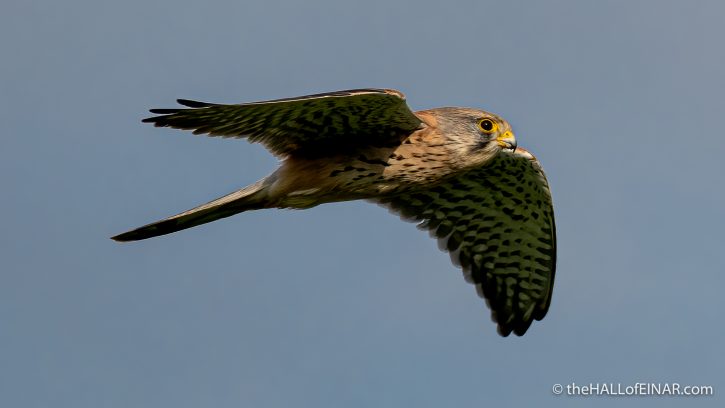
You would, however, have to swallow them whole.